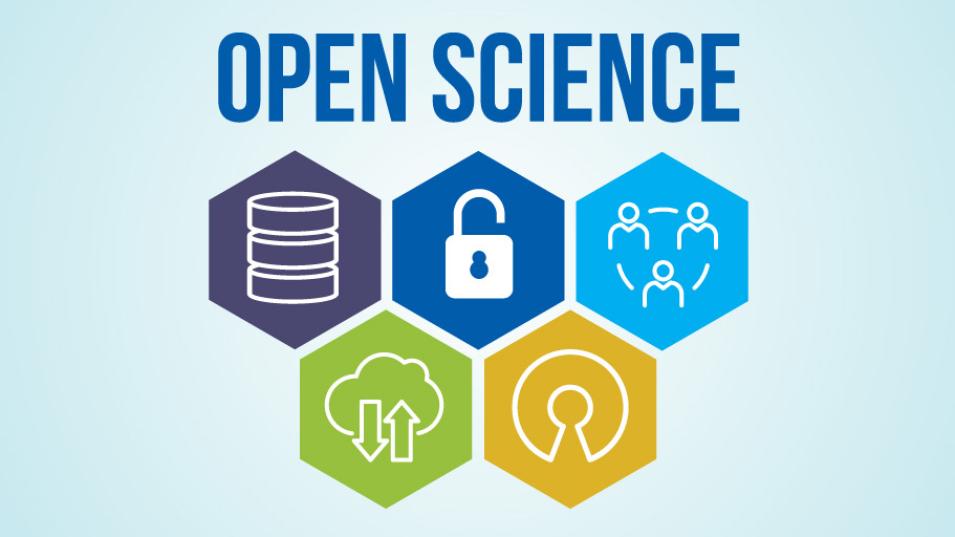The Scientific Information Policy for NASA's Science Mission Directorate (SMD) (SPD-41) was released in August 2021 and consolidates existing guidance for the openness and accessibility of data, software, papers, and ancillary information. The policy applies to all SMD-funded scientific activities, including SMD-funded missions, research awards, and information produced by activities such as experiments, investigations using sub-orbital platforms, field campaigns, and citizen science projects. The core values behind the development of the policy are to make SMD-funded research as open as possible, as restricted as required, and always secure.
SMD released SPD-41a (PDF; 370 KB) in December 2022. The updated policy provides guidance on the open sharing of publications, data, and software created in the pursuit of scientific knowledge. SPD-41a updates SPD-41, which consolidated existing Federal and NASA policy on sharing scientific information. The updates in SPD-41a policy are in response to new federal guidance on Ensuring Free, Immediate, and Equitable Access to Federally Funded Research, studies from the National Academies, and input from the SMD scientific community.
All SMD-funded publications or publications reporting on SMD-funded research are required to be deposited in NASA’s PubSpace repository and made publicly available no later than 12-months after their publication date. SMD-funded data will be made publicly available without fees or restrictions; in machine-readable data formats; with robust, standards-compliant metadata clearly and explicitly describing the data; and will be reusable with a clear, open, and accessible data license. Software developed using SMD funding should be released under a permissive license that has broad acceptance in the community – a guidance in line with the NASA requirement that all software developed through NASA research and technology awards or other government-funded development is to be made available to the public as Open Source Software (OSS).
The SMD is committed to making mission data available as rapidly as possible with no period of exclusive access to these data. While a period after data acquisition may be allowed for activities such as calibration and validation, SPD-41a specifies that this period will not exceed six months. In addition, the policy ensures the full and open sharing of mission information including observations, calibrations, coefficients, documentation, software, algorithms, technical reports, and any mission-related ancillary products.
NASA’s SMD engages the nation’s science community, sponsors scientific research, and develops and deploys satellites and probes in collaboration with NASA’s global partners to answer fundamental questions requiring the view from and into space. NASA’s Earth Science Division, which includes the ESDS Program, is part of NASA’s SMD.
